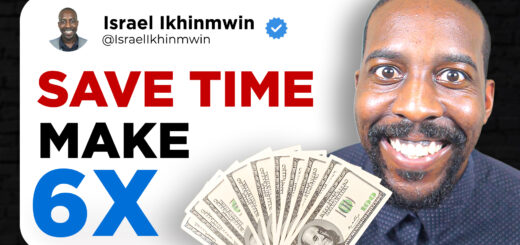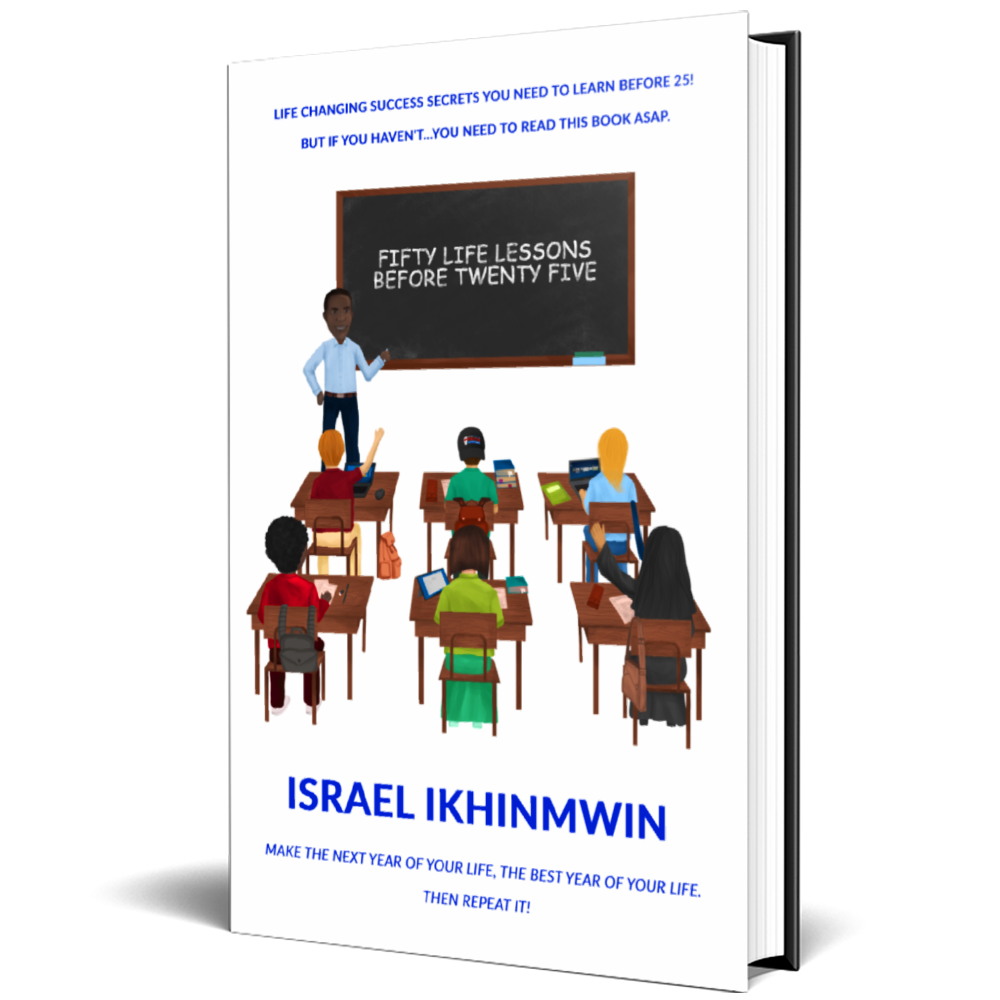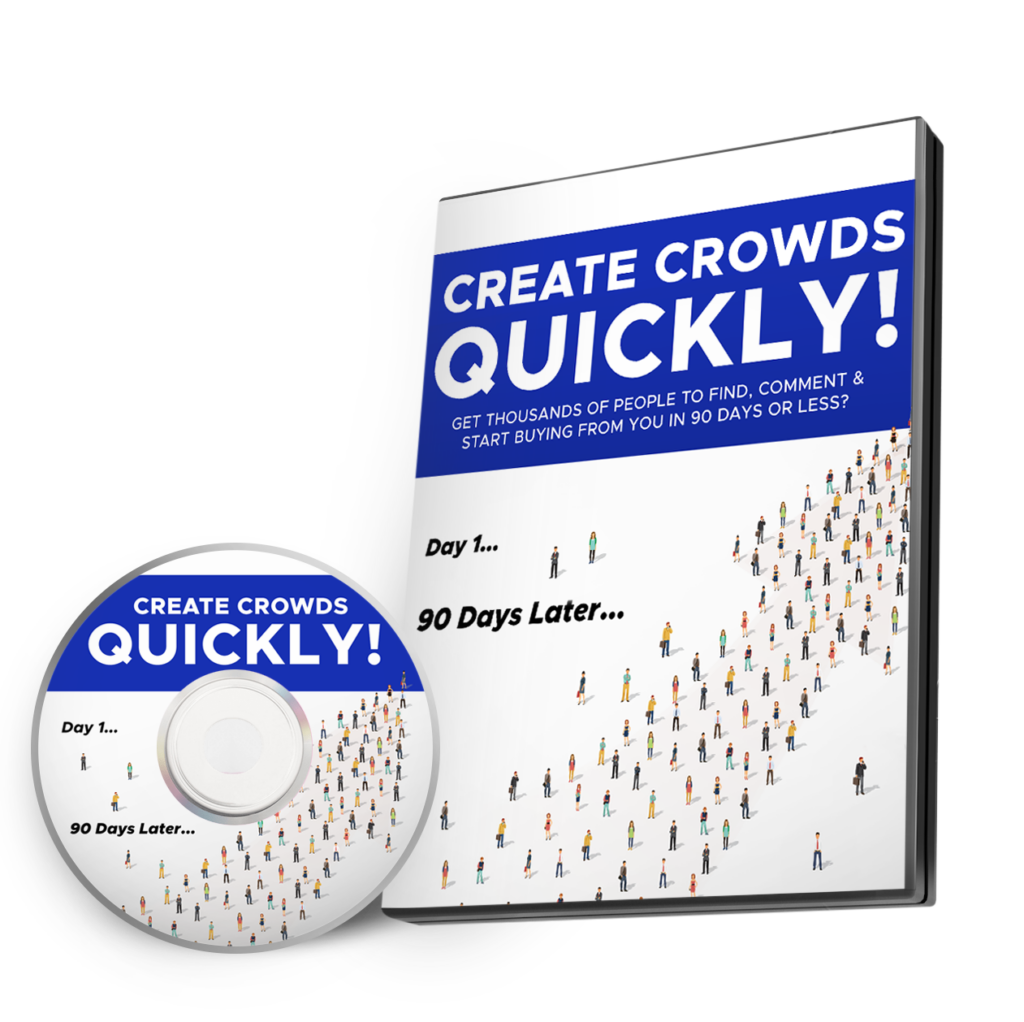The Only 4 Types of Content You Need to Sell Digital Products!
If you’re struggling to figure out what type of content to make to grow your online business, look no further than the four Gospels.
Each one mirrors a specific type of content that—when used strategically—can help you attract attention, serve your audience, and make consistent sales.
This isn’t just theory. It’s Scripture-backed, battle-tested strategy that can turn your digital product business into a ministry and marketplace powerhouse.
Let’s break down the four types of content using the four Gospels as your blueprint.
 1. Visionary Content — Inspired by Matthew
1. Visionary Content — Inspired by Matthew
Matthew was a former tax collector, someone trained in shorthand and detail. That’s why his Gospel is packed with the red-letter words of Jesus—what Jesus said.
Matthew’s focus wasn’t just on what Jesus did but on His mission: fulfilling Old Testament prophecy as the King of the Jews.
Matthew presents Jesus as the Lion of the tribe of Judah, and in heavenly imagery, the lion corresponds to the east side of God’s throne (Ezekiel 1, Revelation 4).
The tribe of Judah also camped on the east of the tabernacle, reinforcing this prophetic alignment.
What Does This Mean for Your Content?
This is visionary content. It communicates your mission. It casts a clear vision for where you’re going so others can decide to follow.
Like the sunrise in the east, visionary content should wake people up and motivate them. It shows them a path, a destination—your “why.”
Example: Share a story about how God led you to start your business or the big vision you’re pursuing with your product. Even if someone isn’t ready to buy today, they’ll follow you because they believe in your direction.
 2. Service Content — Modeled After Mark
2. Service Content — Modeled After Mark
Mark’s Gospel is action-packed. It skips genealogy and jumps straight into what Jesus did.
That’s because Mark writes from the perspective of a servant, likely transcribing Peter’s firsthand experiences, and targeting a Roman audience who valued results and power.
Mark presents Jesus as the ox, the hardworking servant represented on the west side of the throne and among the tribes camped west of the tabernacle.
What Does This Mean for Your Content?
This is helpful content—the kind that gets your audience tangible results. Whether it’s a tutorial, a checklist, or a how-to post, this is what builds trust.
Example: If your digital product helps Christians create income from home, create step-by-step reels showing how you did it. Serve your audience consistently with valuable advice, and they’ll stick around—and eventually buy.
You’ll likely produce this content the most. Why? Because people need help consistently.
The more you serve, the more you earn. Share on X 3. Relatable Content — Taught Through Luke
3. Relatable Content — Taught Through Luke
Luke was a Gentile physician writing to a non-Jewish audience. His focus? What Jesus felt. Luke emphasized Jesus’s humanity, calling Him “the Son of Man” again and again.
In the heavenly vision, the human face was on the south side of the throne. Likewise, Luke’s writing humanized Christ—He wasn’t distant, He was deeply relatable.
What Does This Mean for Your Content?
This is relatable content. It shows your audience you’re not some untouchable expert—you’ve walked through their pain too. Sharing your weaknesses and struggles builds trust and bridges the belief gap.
Example: Talk about how you used to struggle with a 9-5 that drained you or how you failed before you succeeded. Make your content show your humanity so your followers believe, “If God helped them, He can help me.”
Humility precedes elevation. Share on X“Whosoever shall exalt himself shall be abased; and he that shall humble himself shall be exalted.” —Matthew 23:12
 4. Results-Based Content — Anchored in John
4. Results-Based Content — Anchored in John
John’s Gospel is unique. He doesn’t just show what Jesus said or did—he focuses on who Jesus is. Divine. Eternal. The Word made flesh.
John presents Jesus as an eagle, soaring above, from the north side of God’s throne. The eagle is a symbol of transcendence, power, and clarity.
What Does This Mean for Your Content?
This is results-based content—content that showcases transformation and proof. You’re not bragging; you’re displaying fruit. When people see that your system works, that your clients or students are winning, they gain faith.
Example: Share screenshots, testimonials, and “before and after” stories. Results don’t lie. Let the outcomes do the talking.
 Why the Number 4 Is So Powerful
Why the Number 4 Is So Powerful
In Scripture, the number 4 often represents completeness, directions (north, south, east, west), and the world. These four types of content—visionary, helpful, relatable, and results-based—cover all the “directions” your business needs to move in to be whole and effective.
God had the tribes camped in four directions around the tabernacle for a reason.
There’s something divine in this strategy.
Just as the sun rises in the east and sets in the west, your content journey should start with vision and flow into service. Then from the south, reflect your humanity so your audience can connect. Finally, in the north, showcase your power and proof.
That’s how you move people from interest to transformation.
 Build a Business That Reflects the Gospel
Build a Business That Reflects the Gospel
Each Gospel gives us a unique perspective on Jesus, and when you apply those perspectives to your content, you create something far more impactful than a marketing plan—you build a ministry in motion.
The four Gospels are not just records of Jesus’ life—they are divine models for how we should live, lead, and build. Share on X- Create visionary content like Matthew, and show people the direction you’re headed and invite them to join the journey.
- Make helpful content like Mark, and serve others with solutions that meet their needs and answer their prayers.
- Create relatable content like Luke, and connect with your audience’s heart, letting them know they’re not alone.
- Nurture results-based content like John, and demonstrate that the transformation you’re offering is real and rooted in truth.
This framework isn’t something invented by marketers. It was authored by God and embedded in the very structure of the Scriptures. That’s why it works—because it’s based on eternal principles, not passing trends.
Your business doesn’t have to compete with the world. It can stand apart because it reflects heaven. Share on XAnd just like the tabernacle in the wilderness was surrounded by tribes in all four directions—with banners, symbols, and order—your business can be surrounded by clarity, strategy, and purpose if you follow the blueprint God already laid out.
You’re not just building a funnel or a social media strategy. You’re building something eternal when you align your message with the Gospel.
Want more Bible-based business secrets? Read this next article about the 7 Business Success Secrets Based on the First Page of the Bible. Go Win and God bless.
WATCH THE VIDEO
























Recent Comments